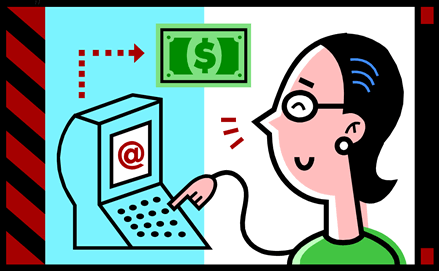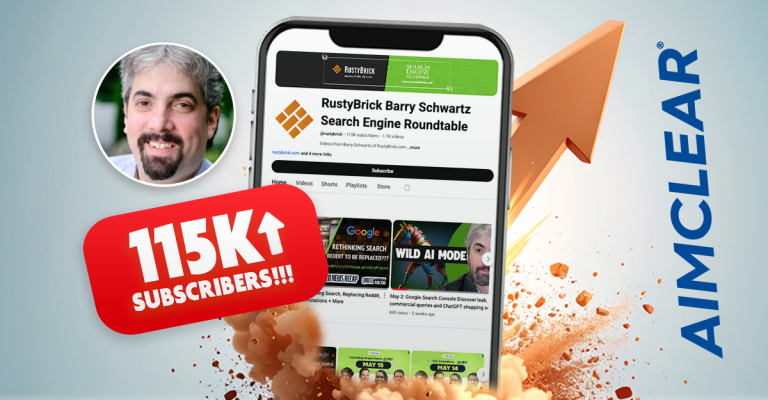It’s an age old issue. You know that your online is driving off-line sales – But how do you measure?
Search Online, Purchase Off-line at Day 2 SES San Jose offered two case studies to help marketers better understand ways to tackle this important issue.
When marketers try to measure Paid Search Performance without measuring off-line conversions they may make poor decisions. According to Michelle Stern, Client Services Director for iProspect “you are taking a shot in the dark”.
Stern shares a great case study with WTH (World Travel Holdings) a leading leisure travel company.
The Challenge
- 90% of their sales happen by phone (this makes sense as it’s a high consideration purchase).
- Because so much is happening off-line, they had to optimize their PPC campaign based on what they could afford. But this was only based on 10% of the data.
Objective – WTH’s objective was to generate as many cruise reservations as possible; either online or offline. By being able to track more of their PPC sales happening offline, they could then make better decision around bidding, etc.
Execution:
Their Standard Online tracking used your typical PPC cookies + pixel tracking on the landing page.
- User calls and books a cruise
- User is sent a confirmation email
- User clicks on email and sent to a confirmation page where the pixel fires
- After the purchase, the keyword responsible can be tracked.
The New Tracking System enabled them to track phone calls too:
- The client was able to use same 1-800 number on the site
- This lead to a phone call
- Which generated a confirmation email sent to the customer
- The key component of the email confirmation is a confirm button (the motivation for them to click on it is for them to confirm that what the order taken over th phone was correct).
- The confirm button, lead them to a landing page that had the pixel tracking code installed. This enabled them to be able to track the keyword back to the initial search.
The Results: ROI was improved by 16%!!!
Key considerations for tracking offline:
- Evaluate the off-line sources of your leads/sales
- Think about what fits into your business process (do they already have an email confirmation)
- Put yourself in your client’s shoes: would you require an incentive to fill out an email?
- Leverage technology
- Use the Data!!! – if you don’t act on the data it’s like going to the doctor and getting a prescription but never getting it filled.
Ken Robbins , Co-Founder & President, Response Mine Interactive offered a case study for Rooms to Go – #1 Specialty retailer of furniture in NA.
The Challenge – Furniture is an expensive, considered purchase. Financing is hard to execute online, doubts about web to store effectiveness. Want more store sales.
Objective – use a controlled online media test to drive in-store sales
Execution:
1. Isolated markets (picked 4 smaller markets)
2. Cut the noise. Cut out the other media spend
3. Tracked closely used market specific coupons, creative coupons, landing pages conformed to market
4. Put the offer across all Google networks (paid search, content targeting geo-targeted to verticals of interest) Local business ads
Results
· Overall ROAS was 7.50, with a 20% higher AOV in store for coupon holders (this means that coupon holders spent 20% more per purchase).
· Four markets definitely had higher sales. 86% of all sales occurred at retail sales.
· And they had a new learning – non-brand keywords deliver 48% of offline sales!!!
Two very different case studies illustrated different opportunities to get creative and find ways to track those offline sales. The key lesson from both of these examples is that it is possible to measure offline sales by incorporating slight adjustments into an existing process.









